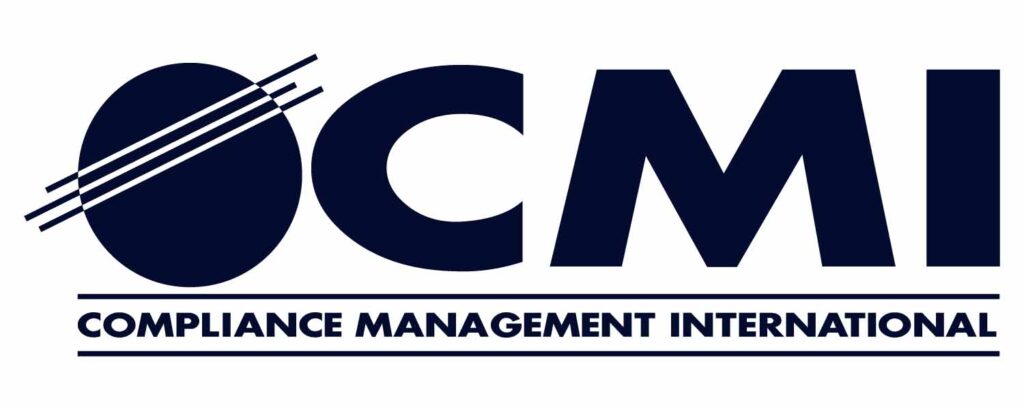In today’s business landscape, Environmental, Social, and Governance (ESG) reporting has moved from a voluntary public relations exercise to a strategic necessity. Investors, customers, and regulators are increasingly expecting companies to demonstrate accountability, transparency, and sustainability performance. While ESG covers a broad spectrum, its environmental component often overlaps directly with a company’s existing Environmental, Health, and Safety (EHS) programs. By aligning ESG reporting with EHS initiatives and broader corporate objectives, organizations can streamline their processes, enhance data quality, and deliver greater value to stakeholders.
EHS programs focus on safeguarding people, the environment, and ensuring compliance with regulations—areas that form the core of the “E” in ESG. Key metrics such as greenhouse gas emissions, waste production, energy consumption, workplace safety incidents, and regulatory adherence are essential data points for both EHS management and ESG reporting frameworks (like GRI, SASB, TCFD, and CSRD).
This overlap presents a strategic opportunity: by leveraging EHS systems and data collection processes as the foundation for ESG reporting, organizations can avoid redundancy, ensure consistency, and improve efficiency.
Many companies already monitor key performance indicators using EHS management systems, incident reporting tools, and compliance audits. These platforms often contain high-quality, verifiable data—precisely what ESG reporting needs.
For example:
- Environmental Data: Air emissions, water usage, waste generation, and energy consumption.
- Social Data (from EHS): Occupational health and safety metrics, employee training hours, and diversity in safety committees.
- Governance Links: Compliance audits, risk assessments, and safety leadership engagement.
Integrating this data into ESG frameworks removes duplication and guarantees that corporate sustainability objectives are based on precise, auditable information.
An effective ESG program not only fulfills reporting requirements but also aligns with the company’s overall mission and business strategy. This demands intentional coordination:
- Map EHS metrics to ESG goals that directly align with corporate objectives, such as reducing carbon footprint, increasing resource efficiency, or establishing zero-injury workplaces.
- Use ESG commitments to drive EHS innovation, such as adopting cleaner technologies, improving workplace ergonomics, or enhancing chemical management systems.
- Integrate ESG into business decision-making so sustainability and safety become embedded in operations, not treated as parallel initiatives.
When ESG and corporate goals align, sustainability performance turns into a competitive advantage rather than a compliance expense.
The credibility of ESG disclosures relies on transparency and trust. Since EHS data is often already gathered under strict regulatory standards, it offers a solid basis for trustworthy ESG reporting.
To strengthen stakeholder confidence:
- Publish ESG metrics alongside narrative context, explaining how initiatives align with corporate vision.
- Highlight how EHS-driven improvements—such as energy efficiency projects or safety culture programs—contribute to ESG targets.
- Use consistent methodologies and ensure third-party verification where possible.
When ESG reporting is aligned with EHS and corporate goals, companies can:
- Reduce administrative burden by using existing systems and processes.
- Improve risk management through proactive tracking of environmental and safety performance.
- Enhance reputation and brand value through credible, data-driven sustainability achievements.
- Strengthen employee engagement by showing that health, safety, and sustainability are core business values.
Conclusion
ESG reporting does not need to be an extra burden when viewed through the lens of EHS integration; it’s an opportunity to strengthen existing efforts, unify sustainability and safety initiatives, and move corporate goals forward. By building on EHS programs, companies can develop ESG disclosures that are credible, strategic, and impactful, turning compliance into a catalyst for long-term business success.
Visit us at www.complianceplace.com



